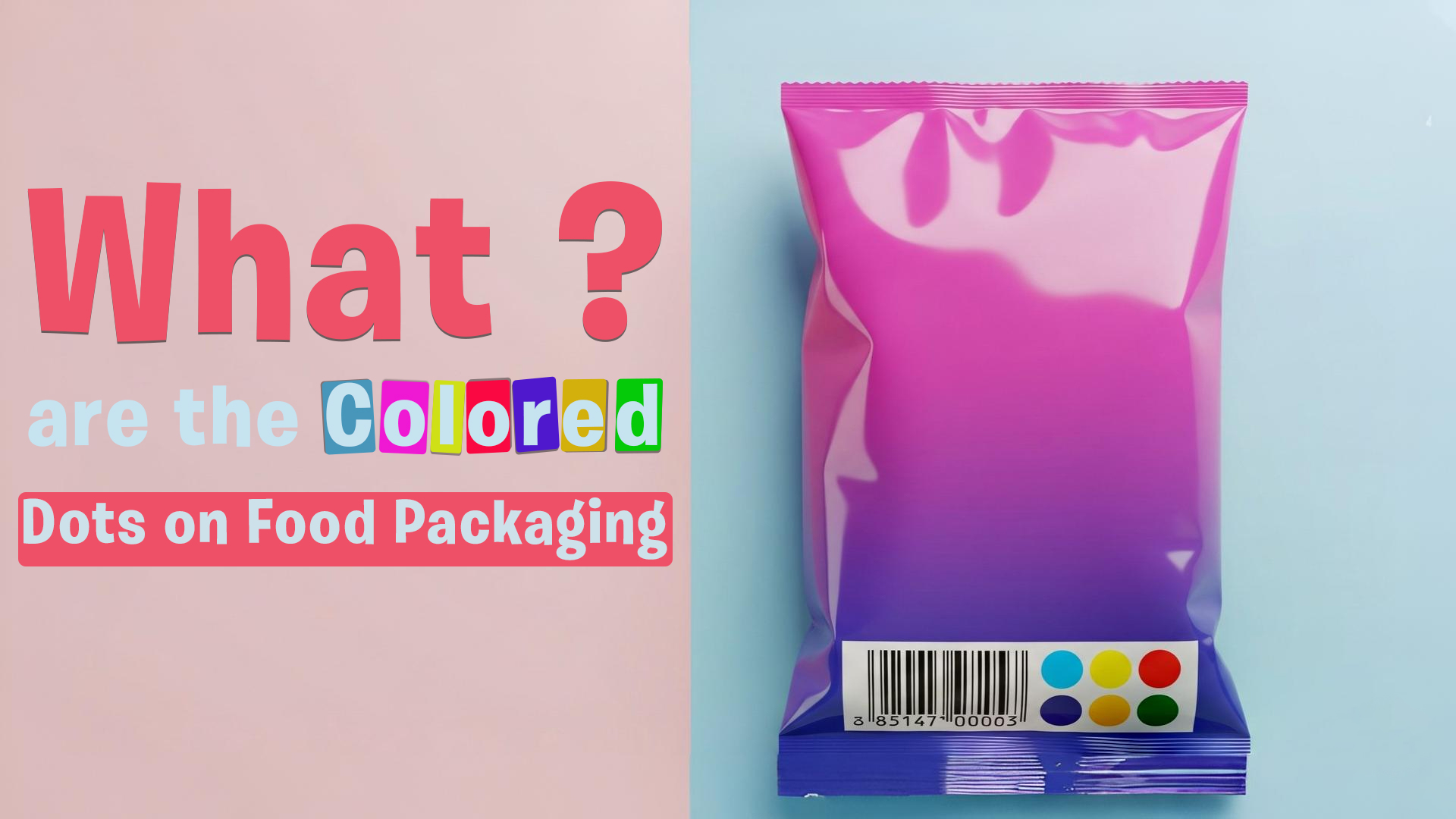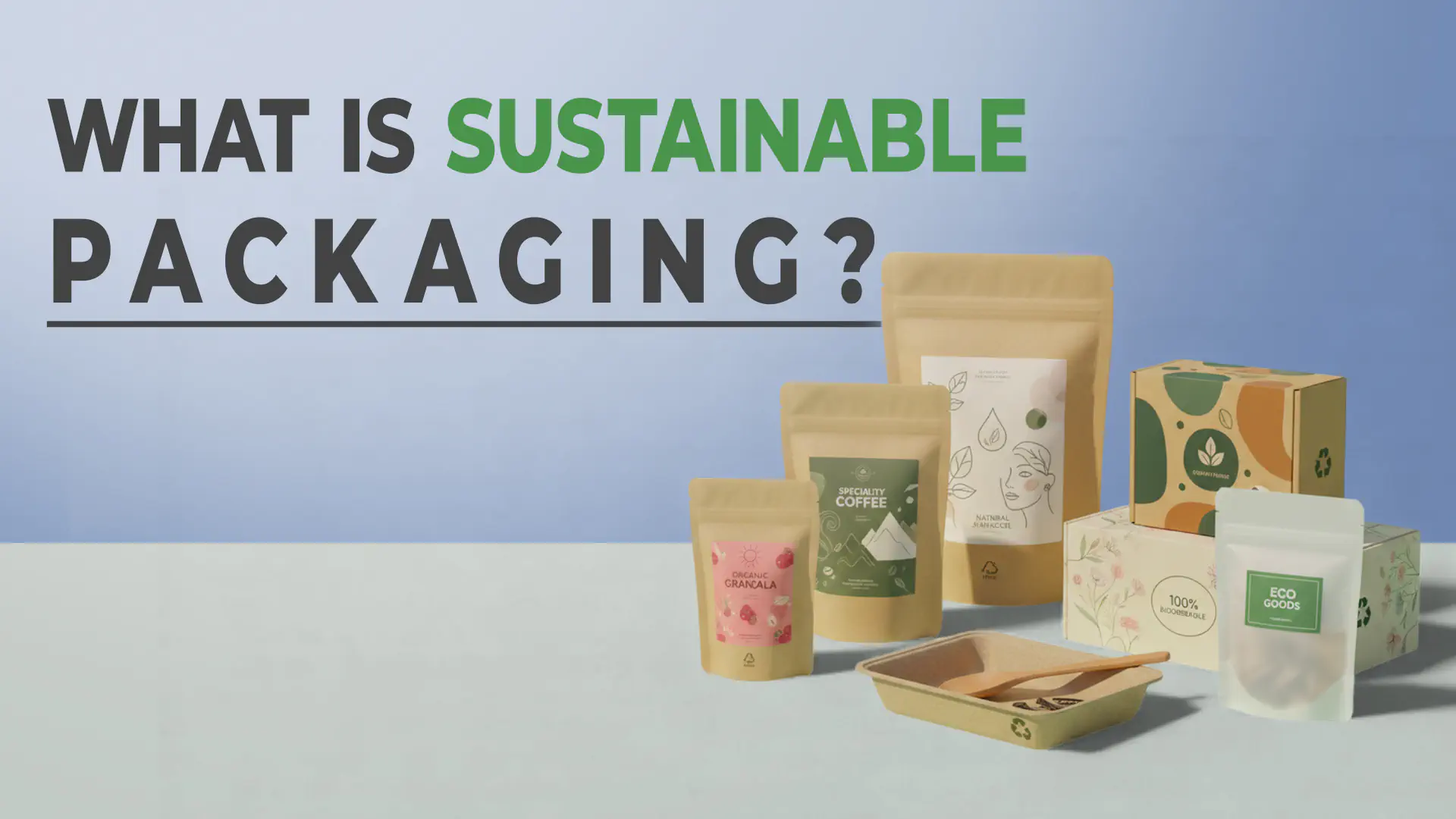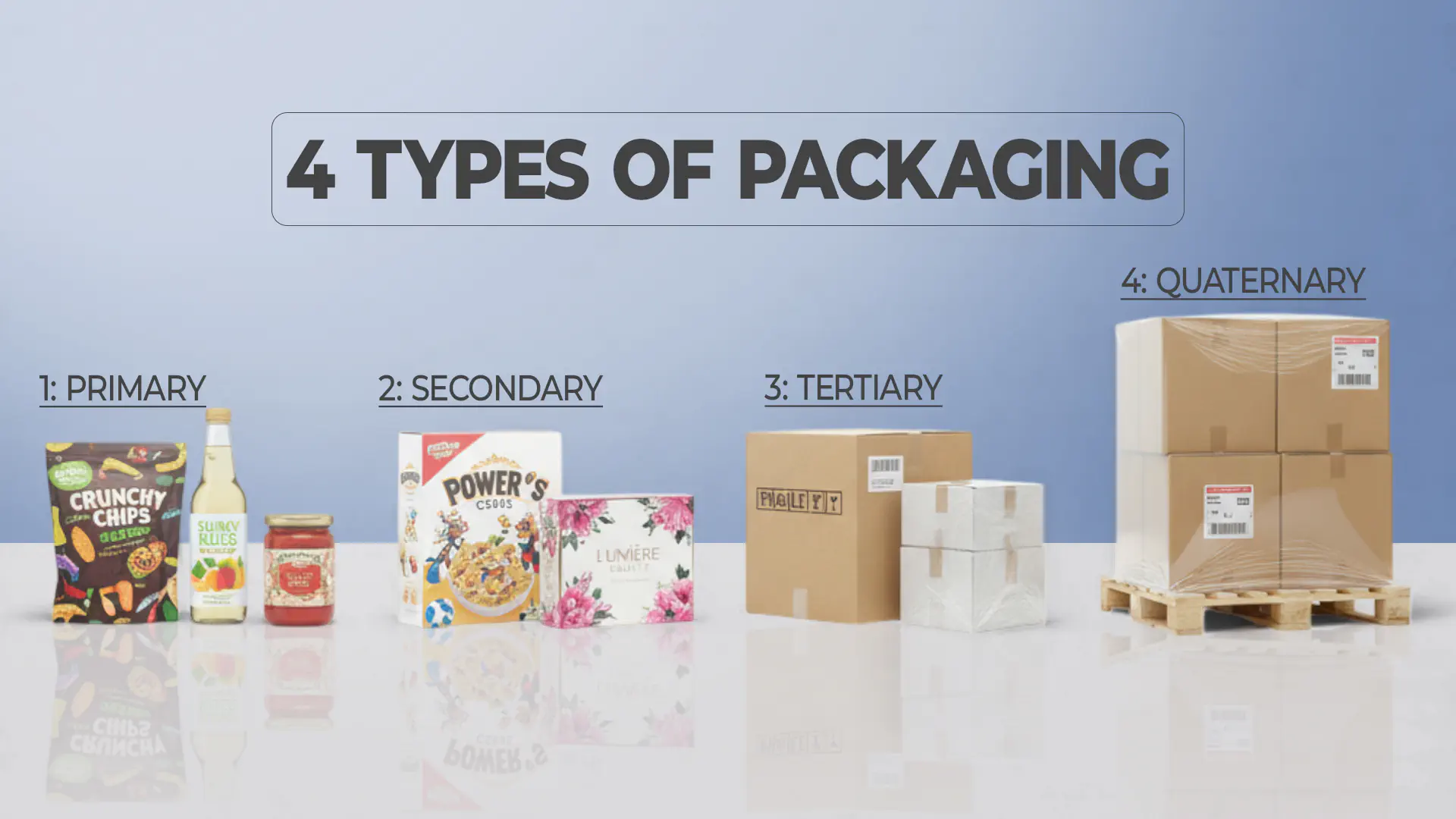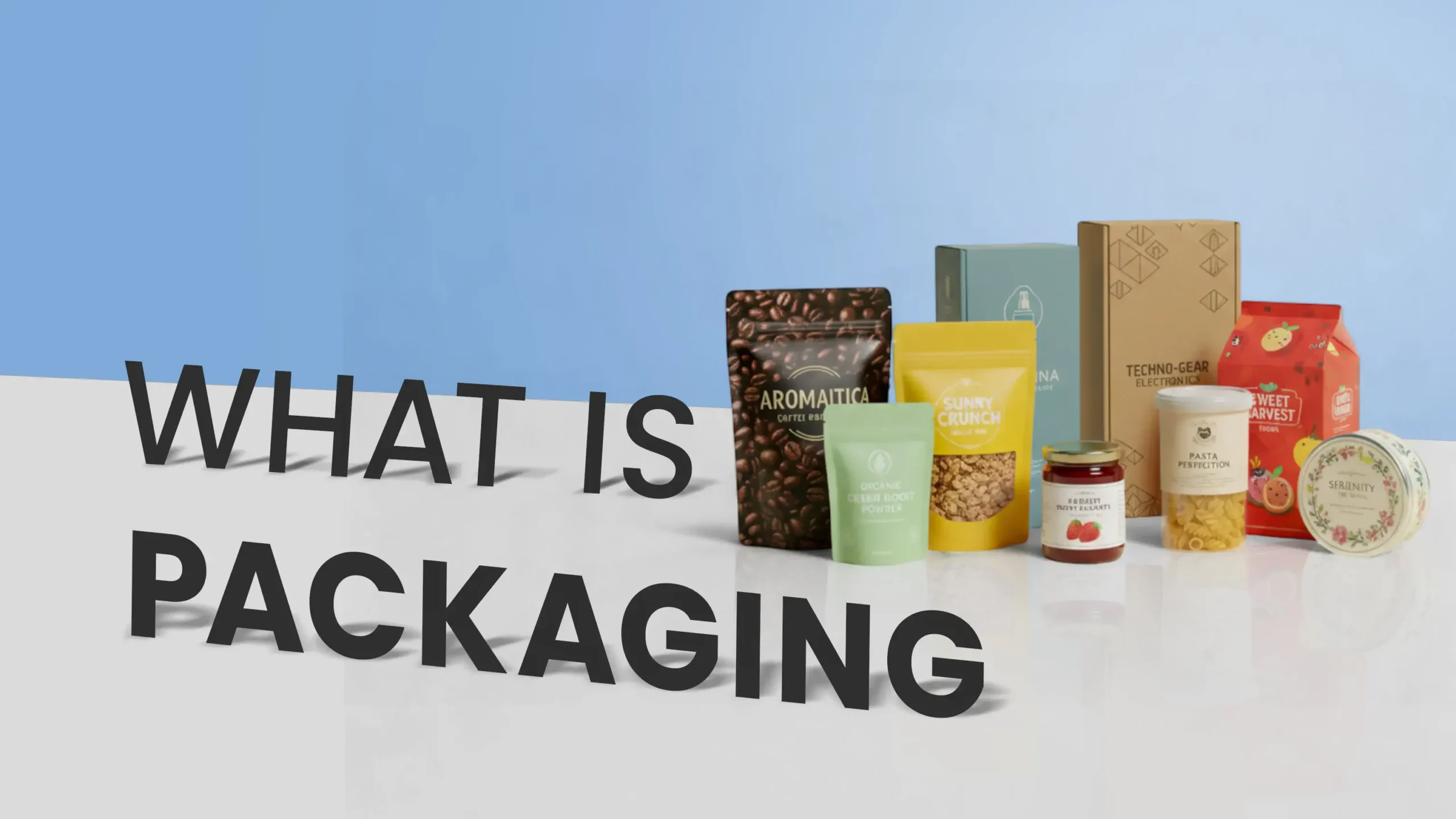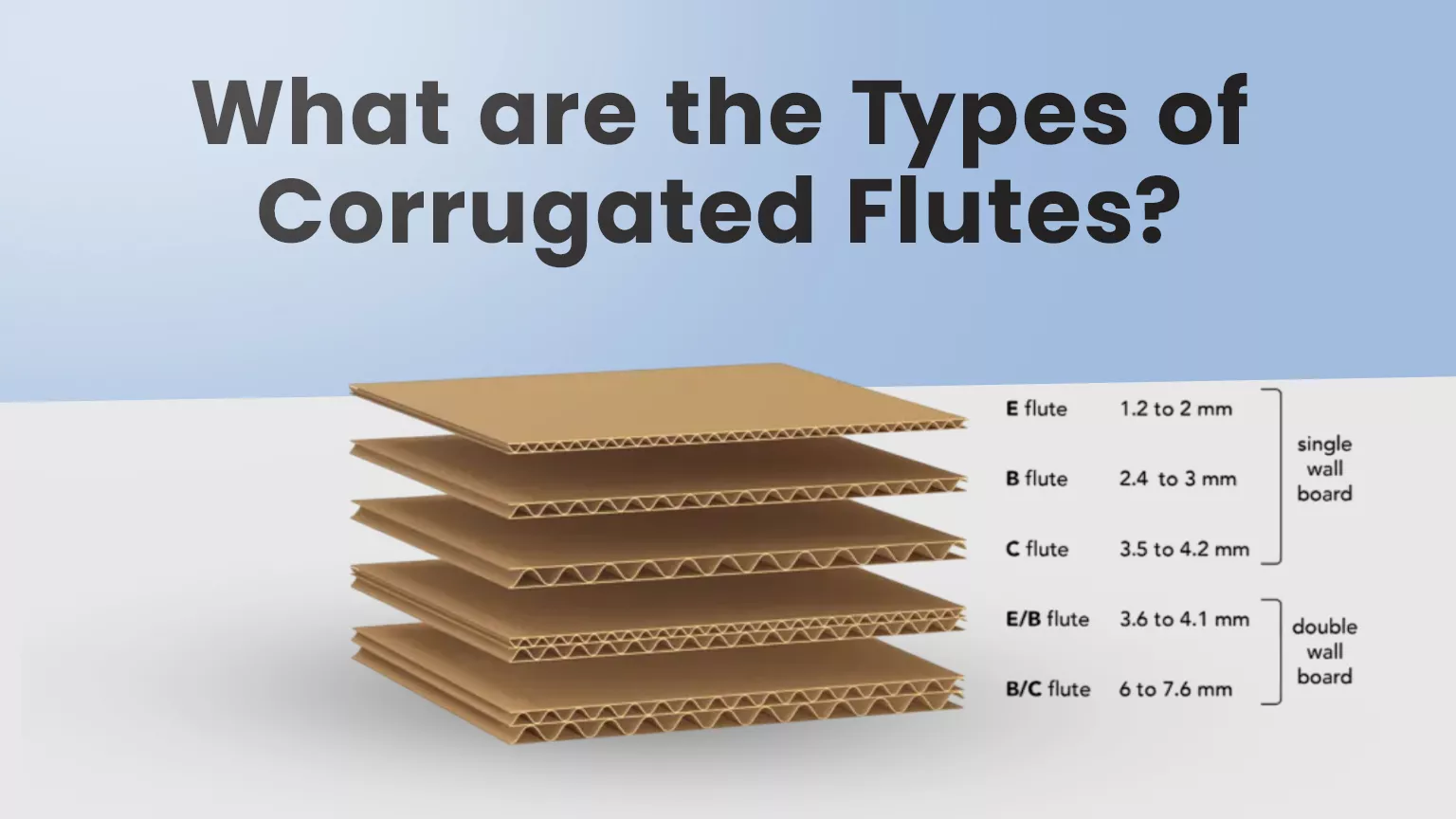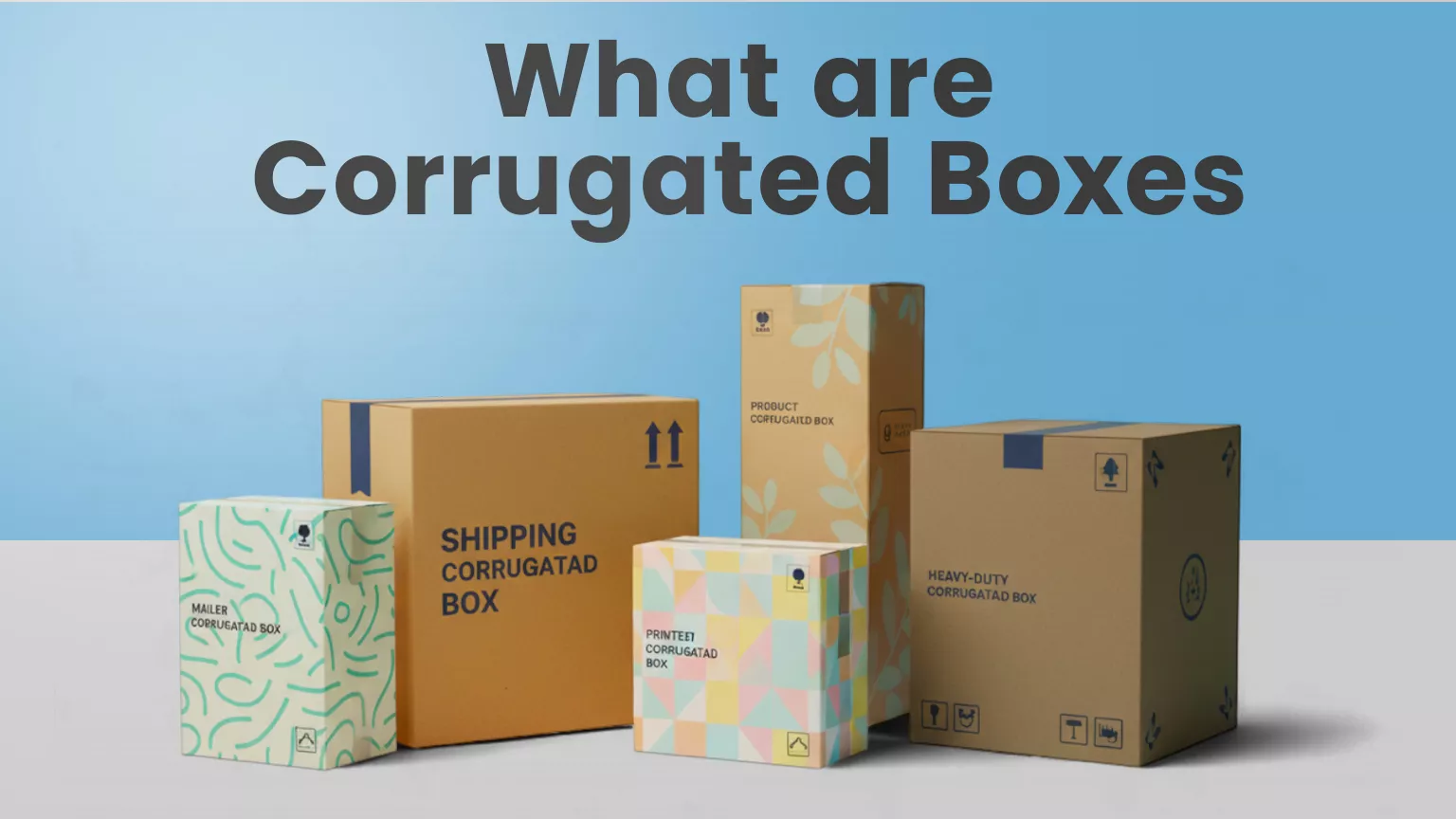When you grab a box of cereal, a bag of chips, or even frozen pizza, you may notice a row of tiny colored circles or dots on the packaging. Many shoppers wonder if these dots have something to do with flavor, nutrition, or even food safety.
Here’s the truth: those colored dots aren’t for consumers at all. They’re actually called printer’s color blocks or process control patches, and they exist to help printers make sure your food packaging looks sharp, consistent, and true to the brand’s design.
This guide explains what they are, how they work, and clears up common myths so you’ll never be confused by them again.
What Are the Colored Dots on Food Packaging?
The dots you see on the backside of a snack’s packet. Sometimes, in red, blue, black, green, or other shades, information is not meant for consumers’ information at all. They are actually process control patches used by printers and manufacturers.
Each color represents one of the primary inks (cyan, magenta, yellow, and black) or additional brand-specific colors used to print the design on the packaging.
By looking at these dots printing teams can quickly check whether the colors have been aligned and printed correctly. This ensures that your food boxes and snack wrappers come out looking vibrant and professional.
Why Are Colored Dots on Food Items Called “Match Dots”?
The colored dots on food packaging are also known as match dots. Because they help printers match the exact shade intended for the packaging design, for example, if the logo on a chip’s bag should be bright red, then the printer uses these color dots in red to ensure that the red ink is consistent throughout the print run.
Do Colored Dots Indicate Food Safety or Ingredients? Real Truth
A common myth is that colored dots on packaging represent whether a product is vegetarian, non-vegetarian or safe to consume. That’s not true for colorful circles. Food safety labels (like the green and brown squares in India for veg and non-veg) are different symbols altogether. The color dots you see in a row at the end are purely for printing quality control and have no connection with the product’s taste, quality, or ingredients.
Are the Colored Dots and Printer’s Color Blocks the Same?
The colored dots you see on food packaging are part of the printer’s color blocks or process control patches. Printer’s color blocks are small solid shapes printed along the edge of packaging. They allow press operators to check that every ink layer is printing correctly visually.
Why Colored Dots on Food Packaging Are Necessary?
Packaging experts estimate that over 30% of product recalls in food retail are due to labeling or printing issues, not product quality. These colorful circles help minimize that risk, which is why they are necessary. The colored dots that appear on the packaging of food items like chips and snacks serve the following purposes such as:
Color Consistency on Pack: Various brands depend on and opt for accurate colors to keep their packaging recognizable with one color dot.
Quality Check: Printers and quality teams use these color dots to confirm the inks are being applied correctly and the colors look as they should.
Spotting Errors: These patches make it easier to detect if a certain ink is too heavy or too light or if any printing flaw has occurred.
How Colored Dots on Food Packaging Work?
There are some steps through which the color dots on food packaging are placed and how the team members can work together:
CMYK Printing with Inks: The dots are usually made from the four main printing inks cyan, magenta, yellow and black that combine to create the design.
Checking Accuracy for Clear Branding: Accuracy is important as technicians either compare the patches by eye or use special machines to measure them against brand standards.
Fixing Issues: If the colors don’t match up, it signals a problem, and adjustments are made before mass-printing begins.
When Colored Dots on Food Packaging Are Not Present?
If you cannot find them on the snacks, chips, biscuits, or other food items. Then no worries that’s totally okay. Because these dots don’t reveal what’s inside the food. Like most people think that these colorful dots reveal information such as ingredients or nutrition. But they are not. On the other hand, they are not a hidden barcode or intended for scanning at checkout.
What’s the Purpose of Colored Circles on Food Boxes and Bags?
The main purpose of these colored dots in a row is for printing consistency. You’ll usually find these dots in hidden corners like the flap of a porridge box or the bottom seal of chip bags. They’re placed where consumers won’t notice much but are still easy for quality control checks. Surveys show that more than 70% of shoppers mistakenly believe these color dots represent flavor, quality, or nutritional information. In actuality these dots serve solely to ensure print quality control.
Why Do Printers Use These Dots?
Packaging must look consistent across millions of units. A slight color shift could make a product look fake, outdated, or unreliable. That’s where these dots come in:
- Color Consistency: Ensures logos and brand colors are always identical.
- Quality Check: Helps printers detect issues like over-inking, smudging, or missing layers.
- Error Detection: Quickly spot if one ink plate is misaligned or weak.
- Cost & Waste Control: Catch errors early before thousands of misprinted packages are wasted.
Fun fact: According to print industry standards, most consumer packaging is produced within strict tolerances of ΔE (Delta E) color variation, which measures how close a printed color is to the intended shade.
What Are Process Control Patches?
These are advanced color strips or patches printed for technical accuracy checks. Printers measure them with special devices to ensure consistent color reproduction across thousands of food boxes and wrappers.
In printing, black, yellow, and cyan are among the key color patches used to create vibrant designs with accuracy. These patches aren’t meant for the final look of packaging. They help printers maintain color consistency during production. ISO 12647 is the international standard for print quality and these color patches are part of compliance to ensure consistency across batches.
At Elixir Packaging, we ensure your boxes are delivered without these extra color dots. Our focus stays on printing what truly matters to you, your logo, branding elements, and essential product details.
How Do Printers Use Process Control Patches?
During the printing process, machines use these patches to:
- Check if all colors are aligned properly.
- Confirm that no ink is missing.
- Maintain consistent quality across thousands of prints.
- Detect errors early, saving time and waste.
Without these color codes and colorful circles, packaging designs on food boxes could look faded, misaligned, or completely off-brand.
What Do Different Colored Dots Indicate for Brands?
These different colored circles usually mean printing consistency when used on packaging. Major food manufacturers like Nestlé, PepsiCo, and Kraft Heinz use these dots in global packaging as part of their printing standardization. You can see color dots such as:
Black Colored Circle
A black dot usually represents a pure chemical substance. If a box or bag carries such material, a black circle helps identify its contents. But in terms of printing it shows that the logo or whole packaging must be black.
Yellow Colored Circle
A yellow circle with dots often indicates the presence of eggs in the food product. But if you see this on the last corner of the snack’s pack then it means the printer will read it to do the yellow job.
Blue Colored Circle
Blue typically signifies a medical-related product. Packaging for medicines or healthcare instruments may display this dot for quick recognition. And if you see it on the FDA-approved Cereal pack, then it means it’s for printing purposes.
Red Colored Circle
Red is generally used for chemical-related items. In countries like India, however, a red dot on food packaging or Mylar Bags means the product inside is non-vegetarian. But if you see this inside the box or on the flap, then it’s a definite indication towards the printing of the pack, and the printer will read it.
Green Colored Circle
The green color dot commonly represents vegetarian or plant-based products. It’s a quick way for consumers to identify natural or vegetarian food items. But if you see this green dot on the end of the packaging, then it is entirely for printing purposes.
Do All Packages Need Colored Dots?
Not every package requires these dots. They are not mandatory but optional mainly serving as a guide for printers to maintain color accuracy and design consistency. Only certain products, especially food packaging use these dots to provide extra clarity about the product’s nature.
How Global Brands Use Colored Dots to Maintain Packaging Consistency?
Colored dots on food packages are mostly used by printers to check the printing quality and these are not for customers’ information. Many big food companies use these dots. For example, Coca-Cola cans have small colored dots CMYK near the barcode. These dots help printers make sure the red color looks the same everywhere in the world. Nestlé’s KitKat wrappers show color dots on the edge for the same reason. Kellogg’s Corn Flakes boxes have these dots on the side flaps to keep the colors sharp and the same in all countries. Pepsi and Oreo packages also have these marks so their logos and colors always look the same. These dots are usually hard to see but are very important to keep the packaging colors perfect.
Words to Conclude
Those little colored circles on your favorite snack pack give information about the printing options. They’re simply a clever way for printers to ensure that your packaging looks sharp and colorful.
FAQS
What do the colored dots on food packaging mean?
They are printer’s color blocks used to check ink accuracy.
Do these colored dots have anything to do with the item’s expiration dates?
No, they’re only for printing checks and not for expiry dates.
What does it mean if food packaging doesn’t have these colored dots?
It simply means the printer didn’t include them and it doesn’t affect the product.
Are colored dots on food packaging important for consumers?
No they are only useful for printers and not shoppers.
How do colored dots help in the printing process?
They ensure the right balance of CMYK inks for clear and accurate colors.
Do all food packages have colored dots?
No some packages don’t display them after printing.
What Do the Colored Dots on Toothpaste Mean?
They’re just cutting marks for packaging machines, not for ingredients


